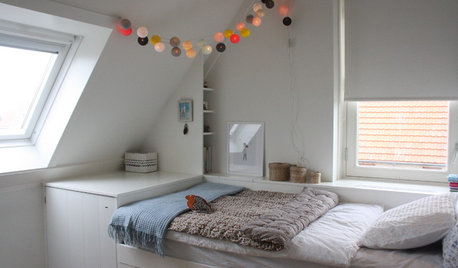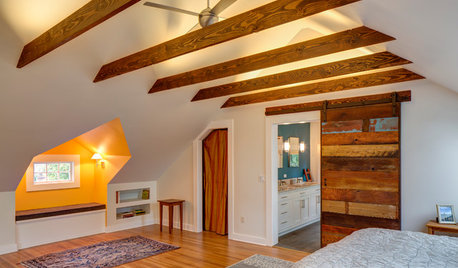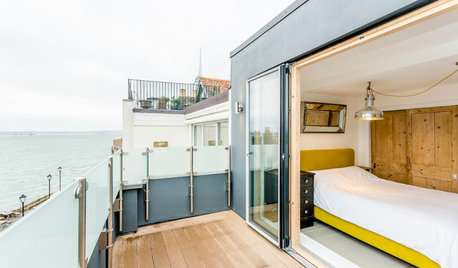Expanding Foam Attic Insulation
abbycat9990
14 years ago
Featured Answer
Sort by:Oldest
Comments (11)
macv
14 years agomanhattan42
14 years agoRelated Professionals
College Park Kitchen & Bathroom Designers · Fox Lake Kitchen & Bathroom Designers · Bethel Park Kitchen & Bathroom Remodelers · Lisle Kitchen & Bathroom Remodelers · Westchester Kitchen & Bathroom Remodelers · Birmingham Interior Designers & Decorators · Clinton Township Interior Designers & Decorators · Bell General Contractors · Groveton General Contractors · Homewood General Contractors · Mount Laurel General Contractors · San Carlos Park General Contractors · The Hammocks General Contractors · Torrington General Contractors · Wolf Trap General Contractorsabbycat9990
14 years agojoanni
14 years agoworthy
14 years agoabbycat9990
14 years agoandrelaplume2
14 years agoabbycat9990
14 years agomacv
14 years agohopesprings_gw
14 years ago
Related Stories

MATERIALSInsulation Basics: What to Know About Spray Foam
Learn what exactly spray foam is, the pros and cons of using it and why you shouldn’t mess around with installation
Full Story
GREEN BUILDINGInsulation Basics: Natural and Recycled Materials
Consider sheep’s wool, denim, cork, cellulose and more for an ecofriendly insulation choice
Full Story
REMODELING GUIDESCool Your House (and Costs) With the Right Insulation
Insulation offers one of the best paybacks on your investment in your house. Here are some types to discuss with your contractor
Full Story
GREEN BUILDINGInsulation Basics: Heat, R-Value and the Building Envelope
Learn how heat moves through a home and the materials that can stop it, to make sure your insulation is as effective as you think
Full Story
GREEN BUILDINGEcofriendly Cool: Insulate With Wool, Cork, Old Denim and More
Learn about the pros and cons of healthier alternatives to fiberglass and foam, and when to consider an insulation switch
Full Story
GREEN BUILDINGInsulation Basics: Designing for Temperature Extremes in Any Season
Stay comfy during unpredictable weather — and prevent unexpected bills — by efficiently insulating and shading your home
Full Story
WINDOW TREATMENTSEasy Green: 9 Low-Cost Ways to Insulate Windows and Doors
Block drafts to boost both warmth and energy savings with these inexpensive but effective insulating strategies
Full Story
ATTICS14 Tips for Decorating an Attic — Awkward Spots and All
Turn design challenges into opportunities with our decorating ideas for attics with steep slopes, dim light and more
Full Story
REMODELING GUIDESRoom of the Day: Storage Attic Now an Uplifting Master Suite
Tired of sharing a bathroom with their 2 teenage kids, this couple moves on up to a former attic space
Full Story
ATTICSRoom of the Day: A Bright Attic Conversion
Transforming the attic in this 17th-century house gained its owners a whole new outlook and the chance to switch decor styles
Full Story









worthy